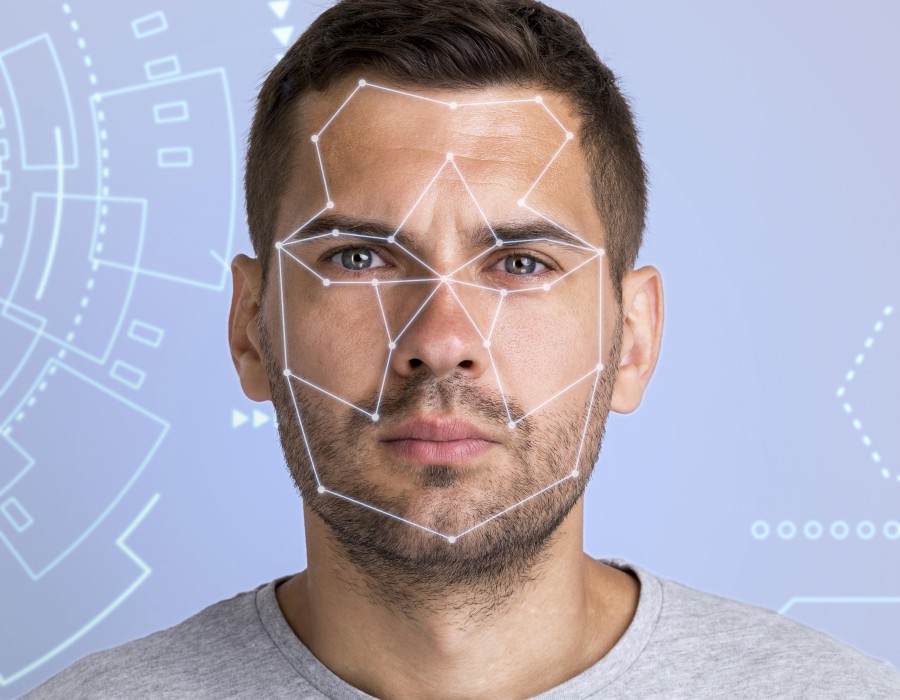While surveys, interviews, and analytics help companies learn about their customers, many purchasing decisions are driven by subtle, often unspoken emotions.In today’s world, where brands compete for attention and emotional connection, the ability to analyze real human reactions provides a competitive edge. This blog explores how Facial behavior coding system works, why it’s essential in modern research, and how it is shaping the future of customer intelligence.
What is the Facial Action Coding System?
The FACS, often abbreviated as FACS, is a scientifically developed framework that categorizes facial muscle movements into specific “Action Units” (AUs). Each AU corresponds to a particular muscle or group of muscles that activate during expressions such as raising the eyebrows, tightening the lips, or wrinkling the nose.
Originally developed by psychologists Paul Ekman and Wallace Friesen, this system allows trained analysts or AI-powered tools to interpret what emotions a person is likely experiencing based on their facial movements. Unlike self-reported answers that may be filtered, the face coding system captures spontaneous, authentic emotional responses.
By using this approach, market researchers can go beyond what consumers say and understand what they truly feel. That’s a game-changer in product testing, brand messaging, and user experience analysis.
The Science Behind Face Coding
Human faces are capable of thousands of expressions, and most are controlled involuntarily. This makes the face coding system an incredibly powerful tool because it analyzes these microexpressions fleeting emotional reactions that happen before a person consciously controls their facial response.
These expressions may last just a fraction of a second, but they provide meaningful data points. For instance, a participant might verbally say they like a commercial, but their facial reaction could reveal confusion or disappointment during certain scenes. Capturing such insights allows marketers to refine their messaging.
Additionally, FACS is a universal framework. Whether the subject is in the USA, India, or Brazil, the core facial expressions tied to emotions like happiness, surprise, disgust, and fear are consistent. This allows global brands to run standardized emotional analysis across markets using a unified model.
Why Traditional Research Methods Fall Short
Most traditional research techniques rely on what people say, think, or recall. Surveys and focus groups, while helpful, are limited by bias, memory gaps, and social desirability. People may underreport or exaggerate their opinions based on how they wish to be perceived.
This is where facial analysis excels. It picks up non-verbal cues that participants may not even realize they’re giving. By integrating the facial action coding system into their toolkit, researchers gain a more complete picture combining spoken responses with unspoken emotions.
This added layer of emotional clarity helps avoid the misinterpretation of user preferences and bridges the gap between intention and action.
Using the Facial Action Coding System in Market Research
There are several ways the FACS is applied in real-world research:
- Advertising and Media Testing: Brands often test commercials, trailers, or digital ads with focus groups. By using face coding, researchers measure emotional peaks and valleys throughout the content. If the emotional engagement dips during a key message, the brand knows it needs improvement.
- Product Experience Feedback: During product testing, especially for tech or retail, facial analysis can reveal frustration, satisfaction, or hesitation even if users don’t verbalize it.
- Website and App Usability Testing: The digital experience is increasingly vital. Using webcams or smartphones, participants’ reactions can be recorded during a session. This helps UX designers understand which parts of a website cause confusion or delight.
- In-store Observation: Retailers sometimes use video analytics powered by face coding tools to study shoppers' real-time reactions to product displays or signage.
These applications showcase the system's versatility and its ability to deliver detailed emotional mapping that drives smarter business decisions.
Benefits of the Face Coding System in Research
This system brings several advantages to modern-day market research:
- Objective Emotional Insights: Emotions are difficult to articulate. Facial analytics
- captures them in real time, offering raw and unfiltered feedback.
- Non-Invasive and Scalable: With the help of cameras and AI software, facial expressions can be analyzed without physical contact or manual input. This makes large-scale studies more feasible.
- Cross-Cultural Usability: Since facial expressions are universal, FACS works effectively across global markets, offering consistency in emotional metrics.
- Improved ROI on Marketing Campaigns: By refining content based on emotional data, companies can increase engagement, conversions, and brand loyalty.
- Better Product Development: By identifying emotional triggers and pain points early in the testing phase, product teams can make changes before launch, saving costs and avoiding negative reviews.
In short, the Facial behavior coding system empowers researchers to bridge the gap between emotion and behavior, helping brands make more informed, impactful decisions.
AI and the Future of Face Coding
Today, AI and machine learning algorithms are integrated with FACS to provide faster and more accurate facial analysis.
These tools can process large volumes of video data, track facial expressions frame-by-frame, and deliver insights in real time. For example, during a virtual focus group, AI software can generate emotion heatmaps, identify patterns, and provide reports within minutes.
Moreover, integration with other biometric tools like eye tracking, voice analysis, and heart rate monitors allows for a holistic view of consumer reactions. The future of Reading facial cues lies in this combination of multimodal analysis, where emotions, cognition, and behavior are all measured together.
Conclusion: Emotional Data for Smarter Market Decisions
As consumer attention becomes harder to capture, understanding their emotions is more valuable than ever. The facial action coding system enables brands to move beyond surface-level insights and into the realm of true emotional intelligence.
From evaluating ad effectiveness to optimizing product interfaces, the use of Reading facial reactions is reshaping the way businesses connect with audiences. When paired with AI, it becomes even more powerful offering speed, accuracy, and scale.
Incorporating the Facial reaction analysis system into your research approach means you’re not just listening to what customers say you’re seeing what they feel. And that’s where the real insights begin.





Comments